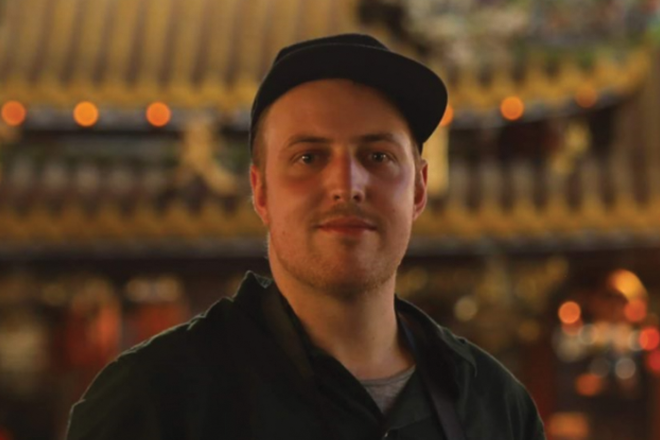We are happy to announce that Eirik Bryhn Jacobsen has joined the Global Health Politics research group this month, as the recipient of a year-long masters stipend on the politics of pandemics.

Eirik is currently studying for a Masters in Social Anthropology at UiO. His thesis will focus on Taiwan's response to the COVID-19 outbreak. Taiwan has largely been considered a success story, through its rapid governmental response, well-prepared healthcare system and public-private cooperation in developing the right tools.
Eirik will explore the role of digital technologies in Taiwan's response. He will analyze what has worked and how, and what lessons can be learned from it globally, especially with Taiwan being an outsider from the WHO.
I am particularly interested in investigating the use of mobile apps in Taiwan, community sourcing of COVID-19 data online, as well as the #TaiwanCanHelp campaign, Eirik says.
Eirik has a BA in both social anthropology and Chinese studies, and has studied Chinese language at Peking University and National Taiwan University. He hopes to do fieldwork in Taiwan as part of this project.
I am happy to have been awarded this stipend. I really look forward to collaborating with researchers at SUM on COVID-19 research, and I looking forward to sharing my findings with them, he says.
Alongside his independent research, Eirik will be participating in relevant pandemic project meetings with senior researchers at SUM. His research will contribute to the Smartphone Pandemic (SMARTCOVID) project funded by the Research Council of Norway, led by Associate Professor Katerini Storeng.
 The Smartphone Pandemic
The Smartphone Pandemic






